Besides its beautiful beaches and warm ocean, for most of us Zanzibar conjures up visions of swashbuckling sailors, spice traders and richly adorned sultans… and of course Stone Town with its narrow streets, bustling trade and hidden treasures and its nooks and crannies that invite exploration and its roof-top bars, expansive views.
Whether you spend a day or even just a few hours, wandering around on your own or with an approved local guide, no visit to Zanzibar would be complete without exploring the intriguing and historic streets of Stone Town.
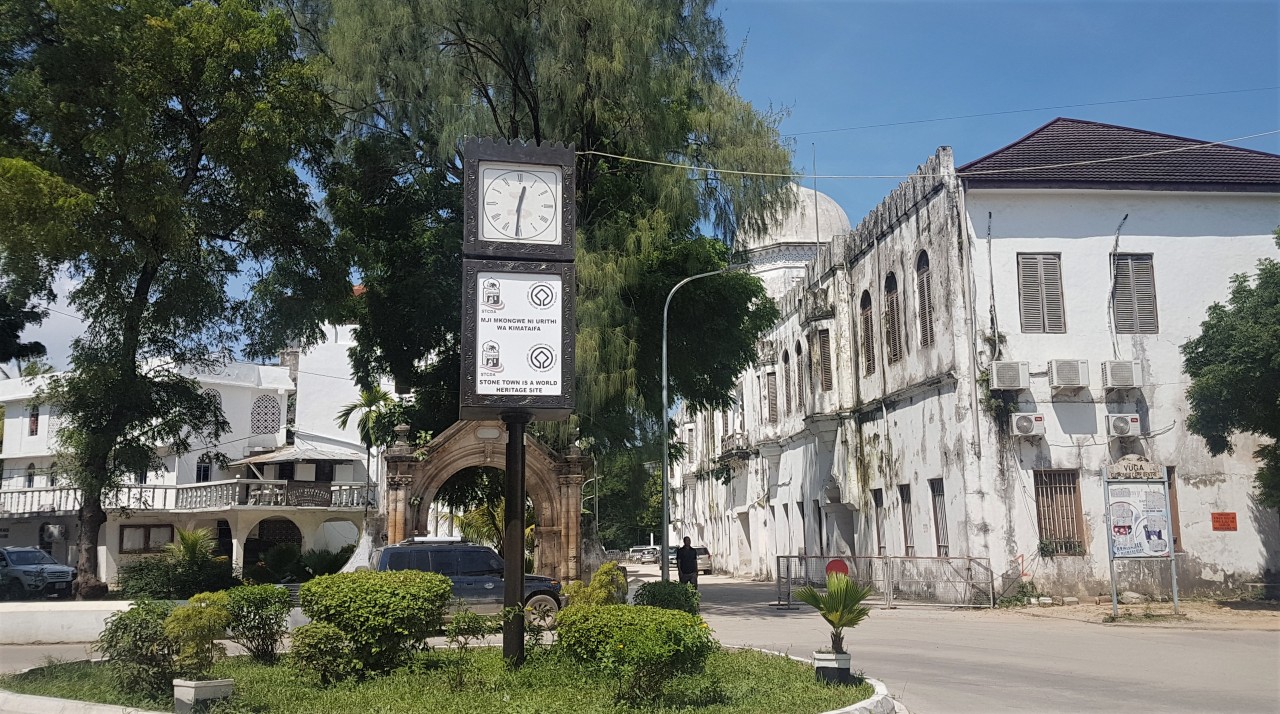
Stone Town is the oldest part of Zanzibar City and was named a UNESCO World Heritage Site in 2000 and has a its rich history and cultural heritage of Arab, Persian, Indian, and European components. It is also known as Mij Mkongwe, which is Swahili for ‘Old Town’. Thanks to its history as a flourishing trade hub (which unfortunately also the trade in slaves, and thankfully is no more), it is a melting pot of traditional African, Arab, Indian and some European cultures.

Within these narrow, winding streets, with their fading colonial buildings, are bustling markets and street carts where traders sell their wares, motorbikes and bicycles manoeuvre through the alleyways, expertly missing the pedestrians, and colourfully dressed women walk past and ancient carved doorways. The intoxicating smell of spices lingers in the air, and restaurants beckon, some with the promise of free Wi-Fi and beautiful views.
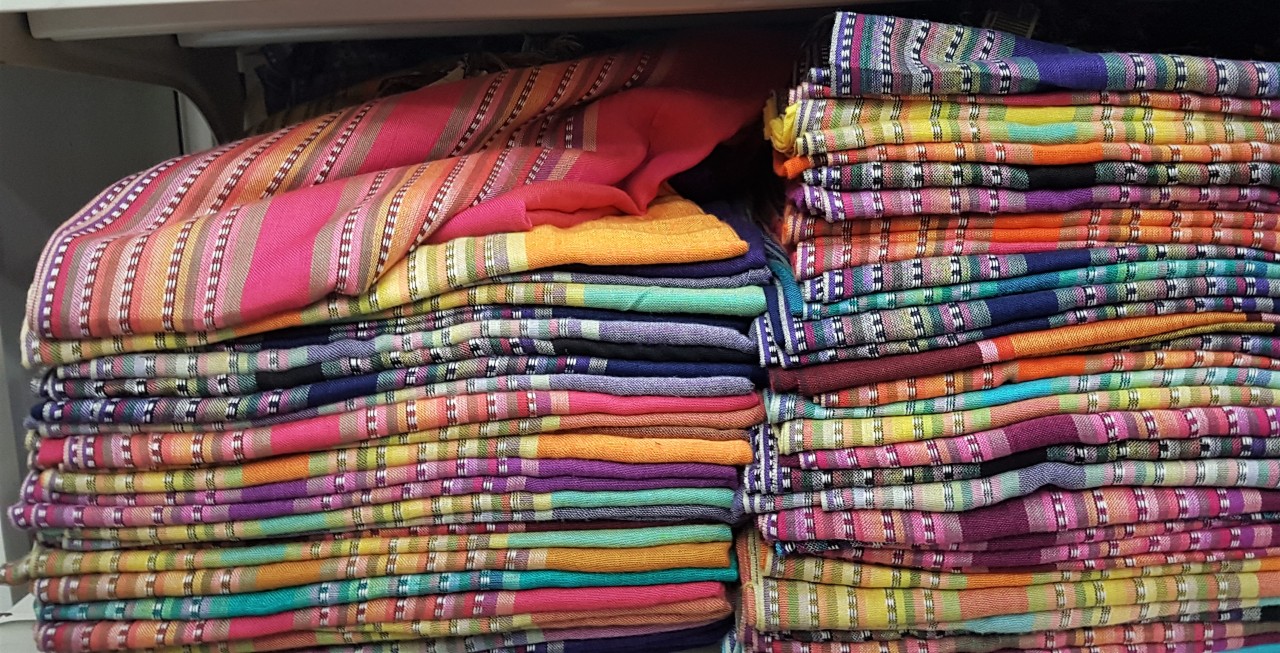
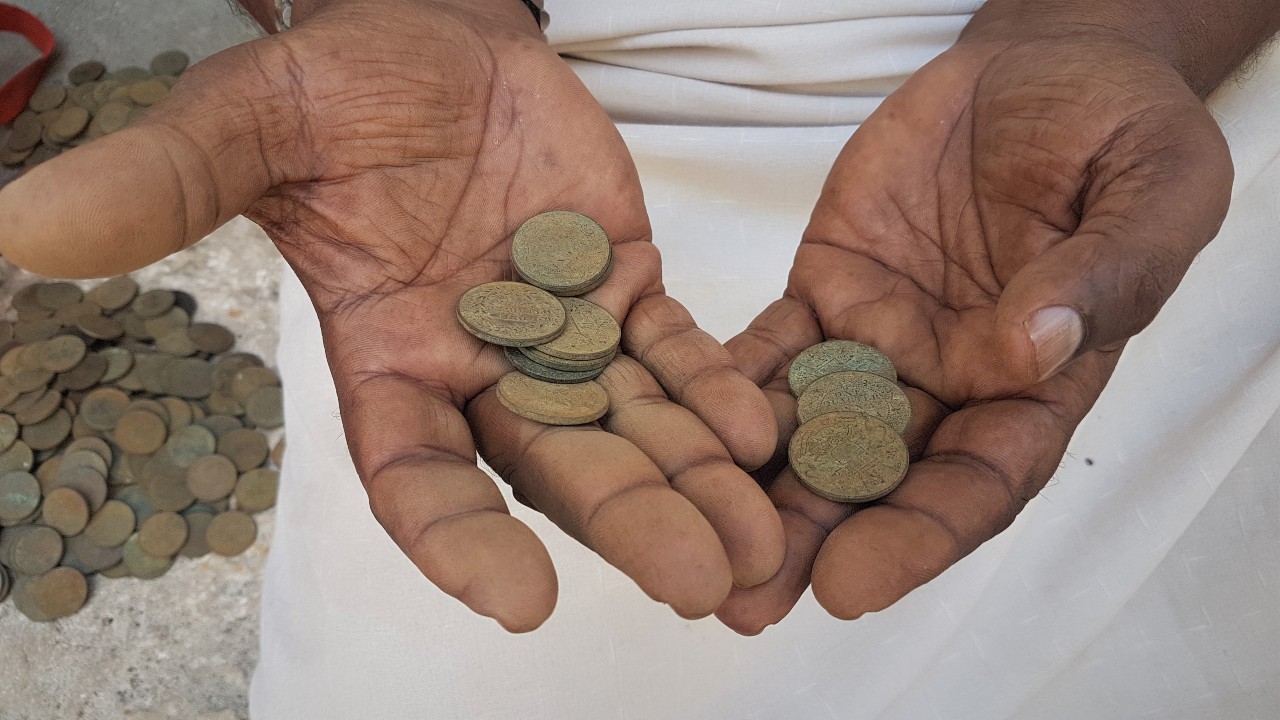
While getting lost in the maze of streets might suggest a whole lot of fun, a guided walking tour of Stone Town will ensure that you see the highlights and add insights about its history and culture.
Palace Museum: The Palace Museum is a great introduction to the history of Zanzibar and gives visitors an understanding of the heritage of the island and its wealth of different influences. Standing on the site of a previous palace that was destroyed in the Anglo Zanzibar war of 1896, the present palace was built in late 19th century to serve as a residence for the Sultan’s family and in 1994 became a museum about the Zanzibari royal family and its history.

Zanzibar National Museum of History and Culture: Also known as the ‘House of Wonders’ because it was the first building in Zanzibar to have electricity, and also the first building in East Africa to have an elevator. Originally built in 1883 as a ceremonial palace for Sultan Barghash, it now used a museum and has permanent exhibits on aspects of the Swahili and Zanzibari culture as well as the East African environment.

Old Fort: Also known as the Arab Fort, it was constructed in the late 17th on top of an even older Portuguese church as a means of defence against the occupying Portuguese forces and was later used as a prison in the 19th century. Visitors can explore the battlements and towers for great views of the harbour and ocean, browse the curio shops in its courtyard and if you’re lucky catch a live performance on this 400-year-old stage of the amphitheatre.
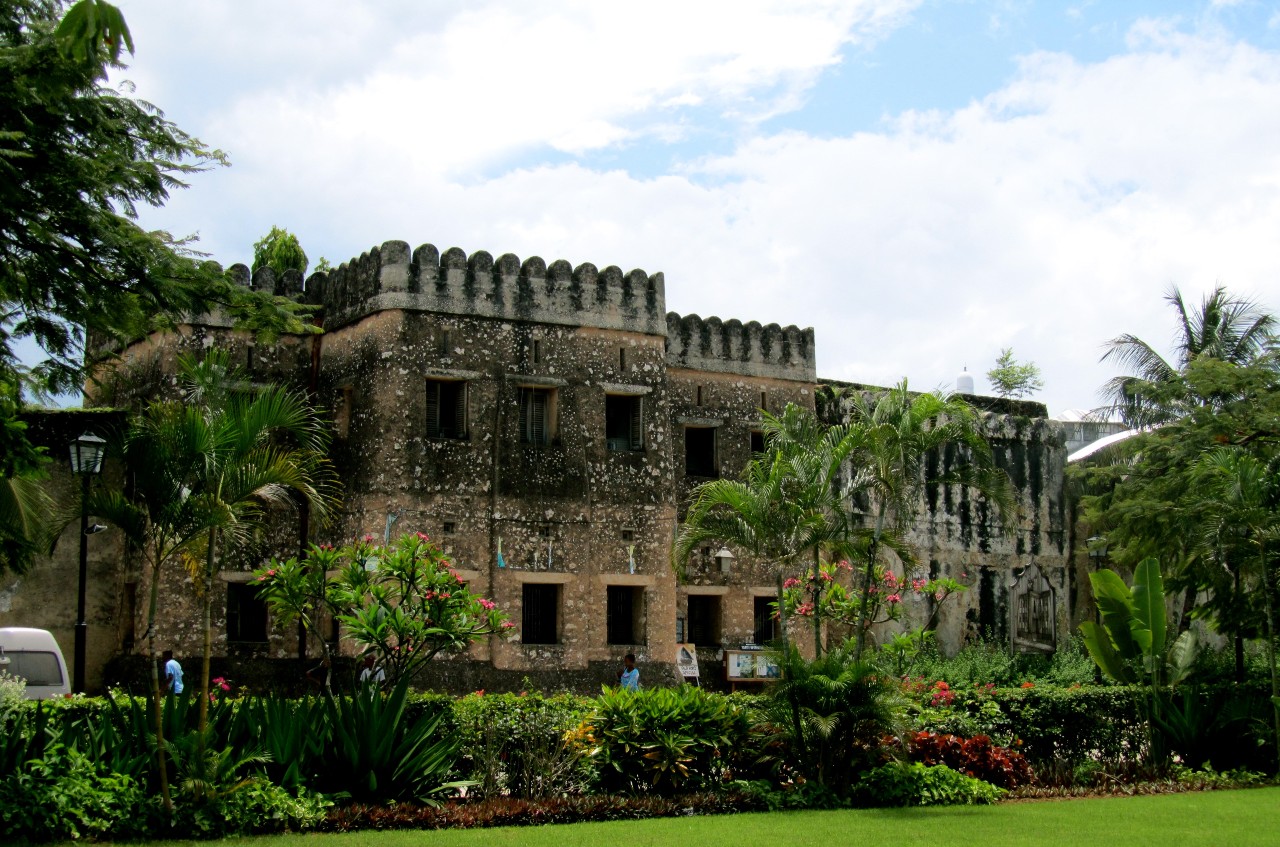
Former Slave Market: Slave Market Memorial and Museum: It is located on the site of Stone Town’s former slave market, one of the largest in the world at the time. The market in Stone Town was infamous for these inhumane transactions and the brutal treatment of its slaves.
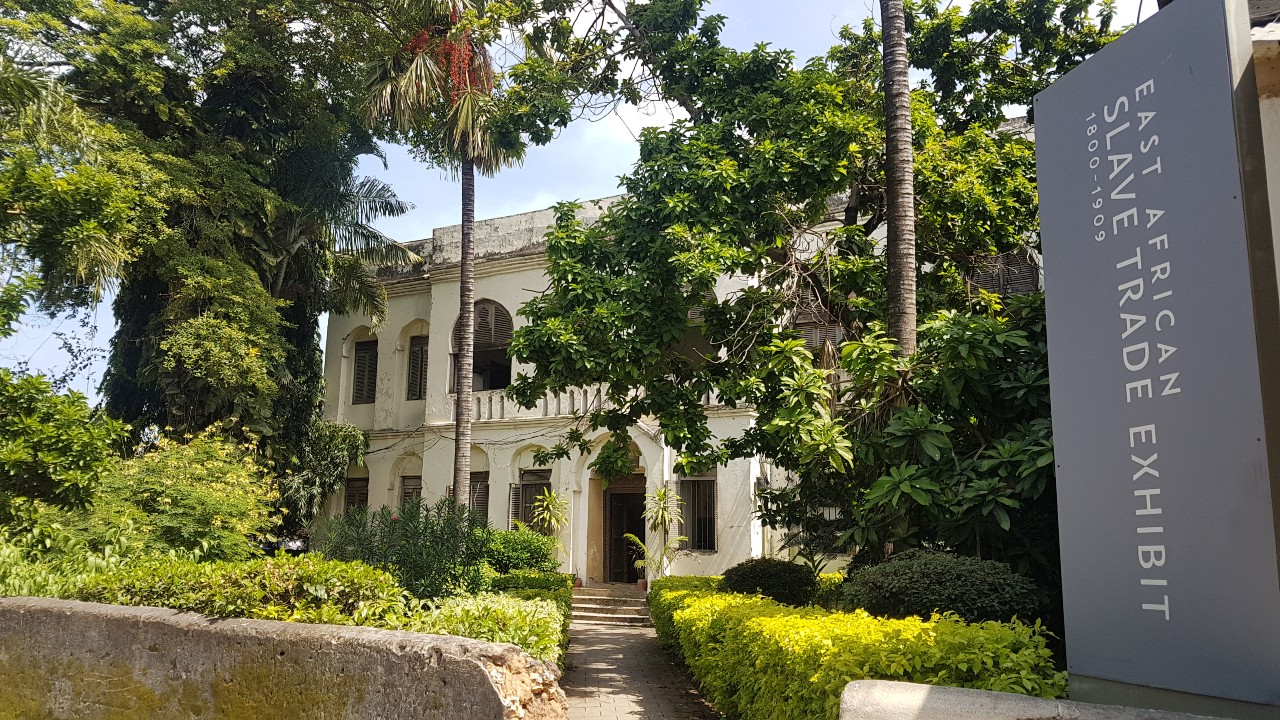
The pit and the Slave Market Memorial, ‘Memory for the Slaves’ was created in 1998 by Scandinavian artist Clara Sornas, and depicts slaves wearing original neck collars and chains, their expressions portraying their lack of hope and desperation. It is in the same location where the slaves were gathered to be bought and sold. The Memorial Museum has an exhibition that shows a detailed history of slavery in Zanzibar. An important place to visit, albeit quite sobering.
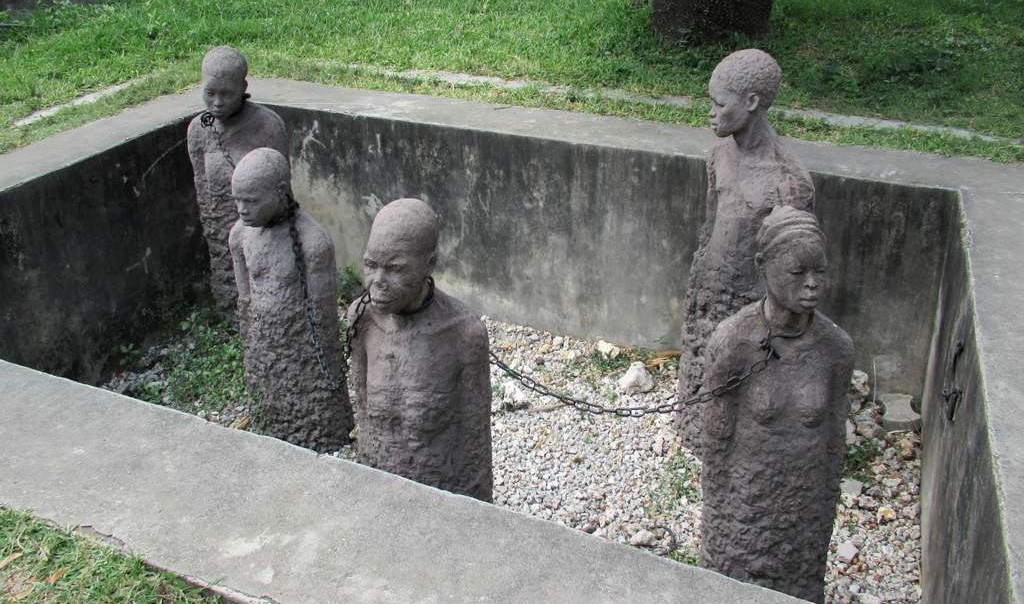
Anglican Cathedral: After the abolition of the slave trade in 1873, the Slave Market was bought by English missionaries, who proceeded to build the Anglican Cathedral of Christ Church. Its alter was placed at the site of the whipping post where a slave’s value was determined by whether they cried out in pain or not.
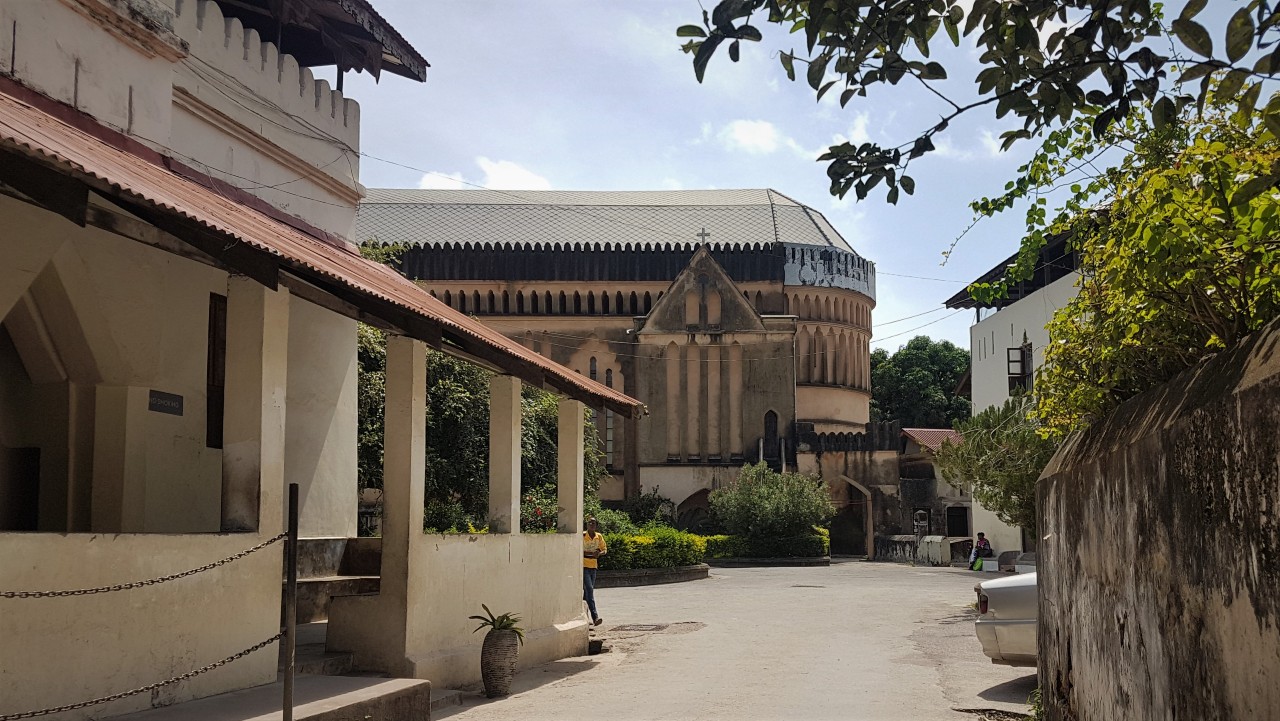
Old Dispensary: This historic building, commissioned in 1887, is finely decorated and a great symbol of the multi-cultural architecture and heritage of the city – its wooden carved balconies are of Indian influence and the main structure is built with traditional Zanzibari coral rag and limestone, but covered with stucco embellishments of European neo-classical taste. The inside of the building has a covered courtyard and carved bridges connecting the floors and has a small museum about the history of Zanzibar.
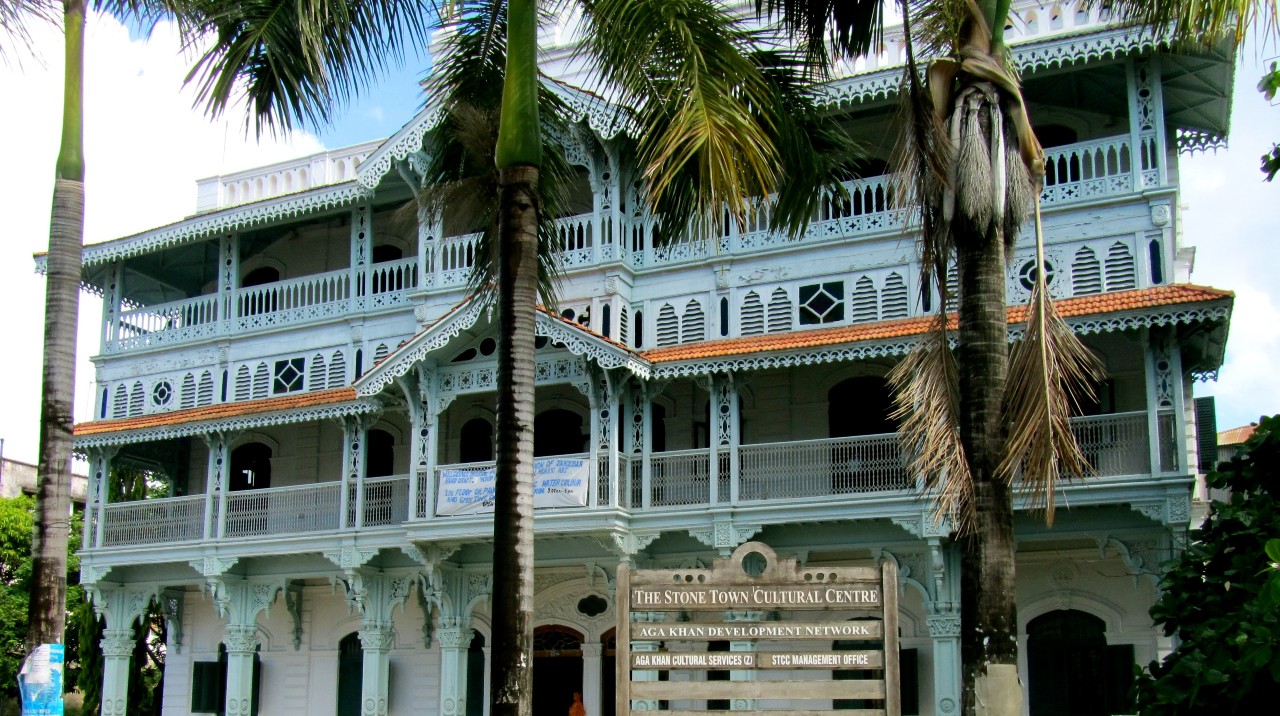
St Joseph’s Cathedral: One of the most impressive structures in Stone Town is the Roman Catholic church whose twin spires form an integral part of Stone Town’s skyline. It was built in the late 19th Century by French missionaries, and it is said that the design of the two prominent twin spires resemble those of Marseille Cathedral in France.
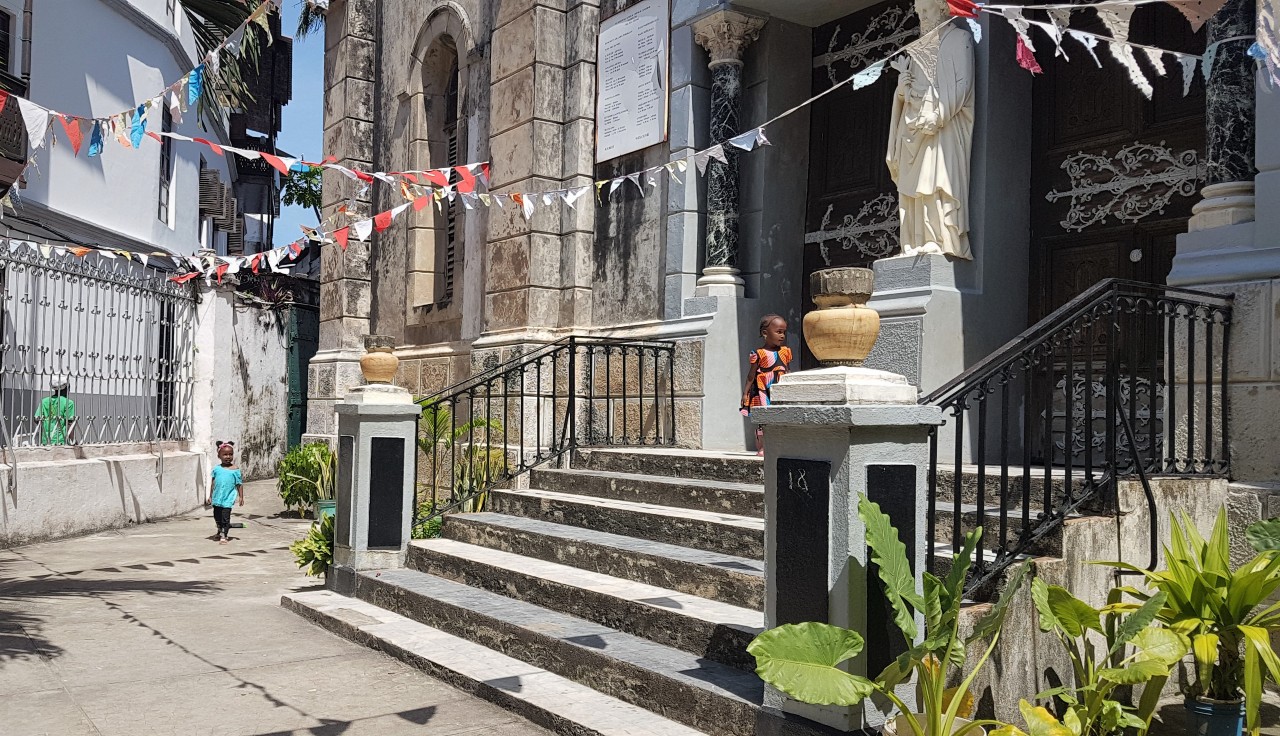
A few other more fun finds are:
Jaws Corner, located at the junction of four small alleyways and easily identified by the colourful flags hanging overhead. It is a meeting point of locals and is a popular meeting point for everyone on the island to gather, share life updates, gossips, and have a cup of coffee.

Freddie Mercury House is where fans can stand before the yellow façade of the house where the late lead singer of Queen was born and read the little information board by the doorway that proudly marks the spot where he spent parts of his childhood.
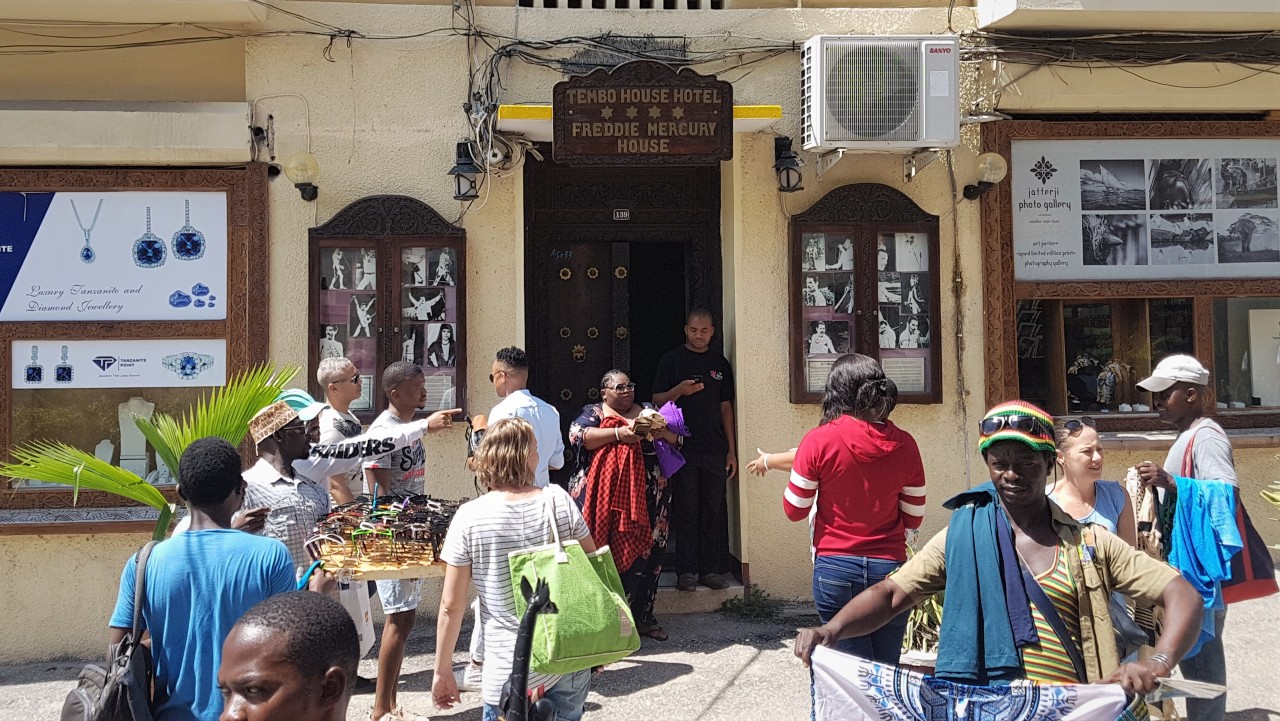
Darjani Bazaar is the hub of Stone Town’s trade, selling a wide range of items from meat and fish to spices and produce, as well as a variety of wares and crafts as well as souvenirs. Be warned though, some of the sights and smells are surely not for the faint hearted.
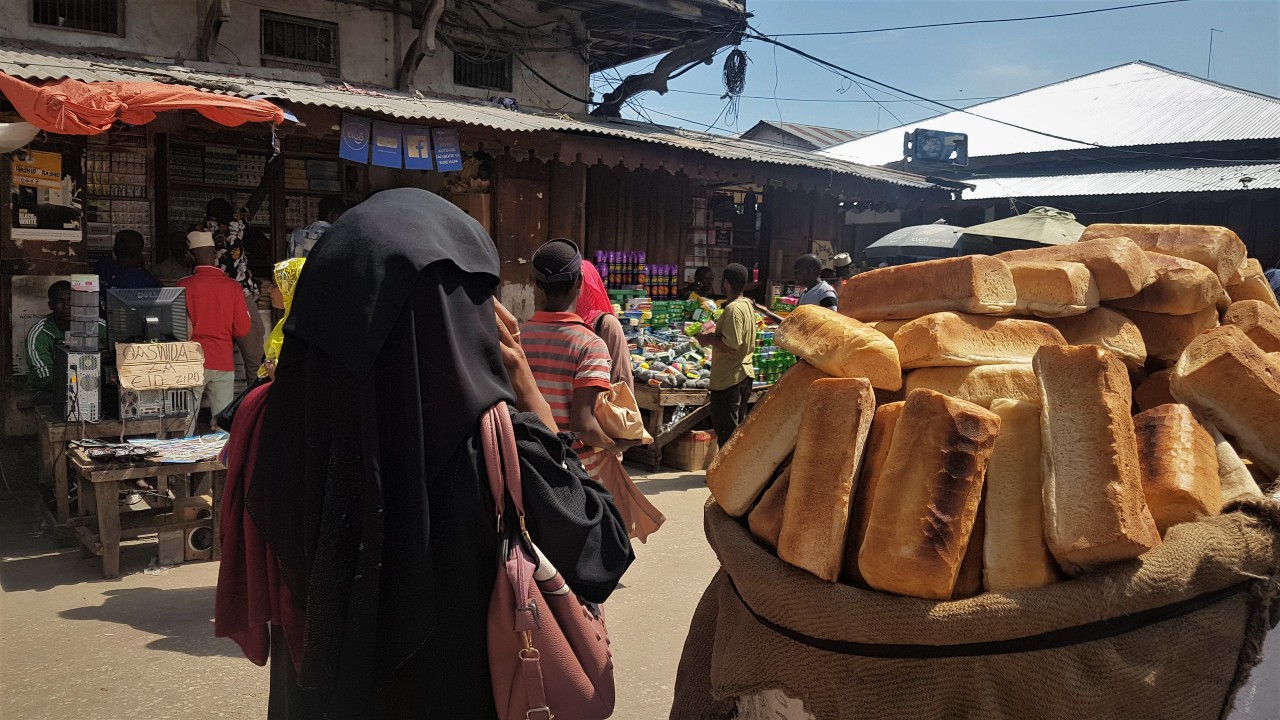

Forodhani Gardens Food Market is a great place to find local Zanzibari food, from local fish to meat kebabs, coconut bread, grilled cassava, roasted corn, chunky sweet potato, garlic chapatti and amazing selection of fresh fruit. Look for food stalls that have menus and prices clearly marked so as not to be ripped off – you can easily find these stalls by looking at where the locals are queuing.
Words – Tessa Buhrmann / Images – Tessa Buhrmann, Wikimedia

